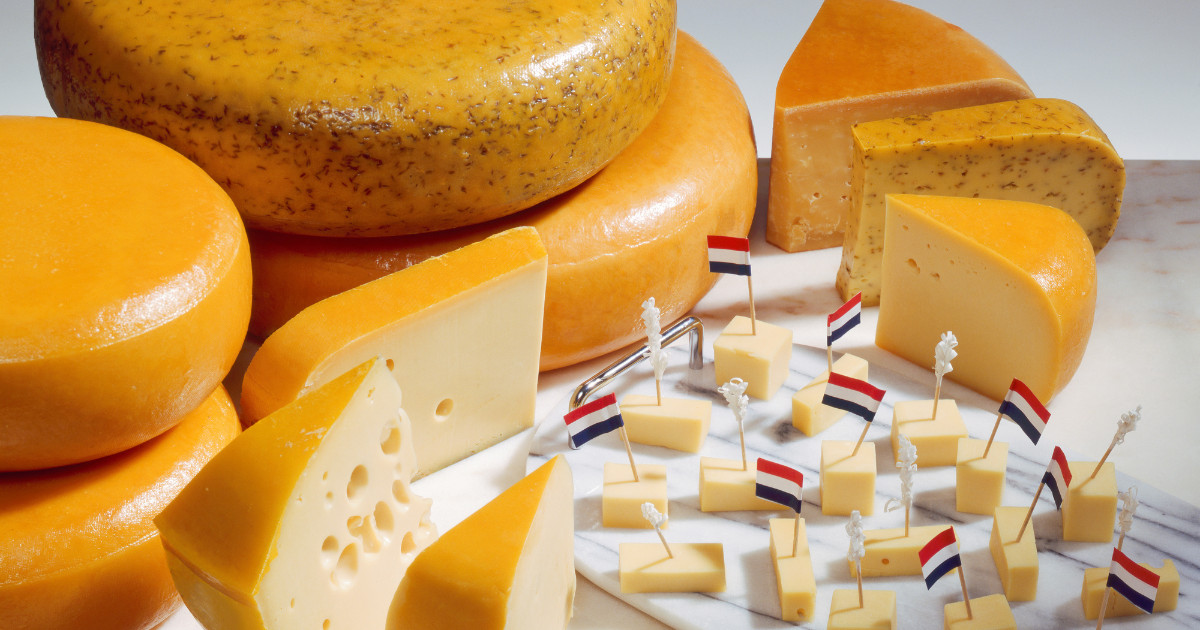If there’s one thing that Dutch cuisine is known for, it’s the stroopwafels and cheese, and that reputation is certainly well-deserved. However, there’s so much more to the Dutch culinary landscape than a quick Google Image search can provide. The Netherlands has a rich history that predates colonial days, and the country’s seafaring past has infused the food with a unique blend of flavors.
From hearty stamppot to the elusive bitterballen, Dutch cuisine is as varied as it is delicious. This post aims to take you on a gastronomic tour of the Netherlands, uncovering the not-so-obvious culinary gems and pointing you toward the best places to indulge in a true Dutch dining experience.
Origins of Dutch Cuisine
Before we bite into the present, it’s important to understand the past. Dutch cuisine has been shaped by a variety of influences, including its former empire that stretched to the Caribbean and Indonesia, as well as its native hearty and simple agricultural fare. With one foot in the North Sea and the other in rich farmland, the Dutch have developed a taste for fresh seafood and farm-to-table offerings long before those terms were trending.
Down the Dutch Thoroughfares
When you visit the Netherlands, you can’t help but notice the network of canals that crisscross the country. These waterways serve not only as picturesque backdrops but also as the engine of the Dutch economy. Historically, produce, spices, and, yes, cheese, were all ferried up and down these canals and throughout Europe, a tradition that’s still alive today.
Global Influences
What sets Dutch cuisine apart from its European counterparts is the significant impact of its global exploits. The Netherlands, as a trading nation, brought back flavors and recipes from its colonies, notably from Indonesia. This influence remains strong, with Indonesian dishes like nasi goreng becoming a staple of Dutch cuisine and with the country boasting one of the largest Indonesian populations in the world, Indonesian eateries are aplenty.
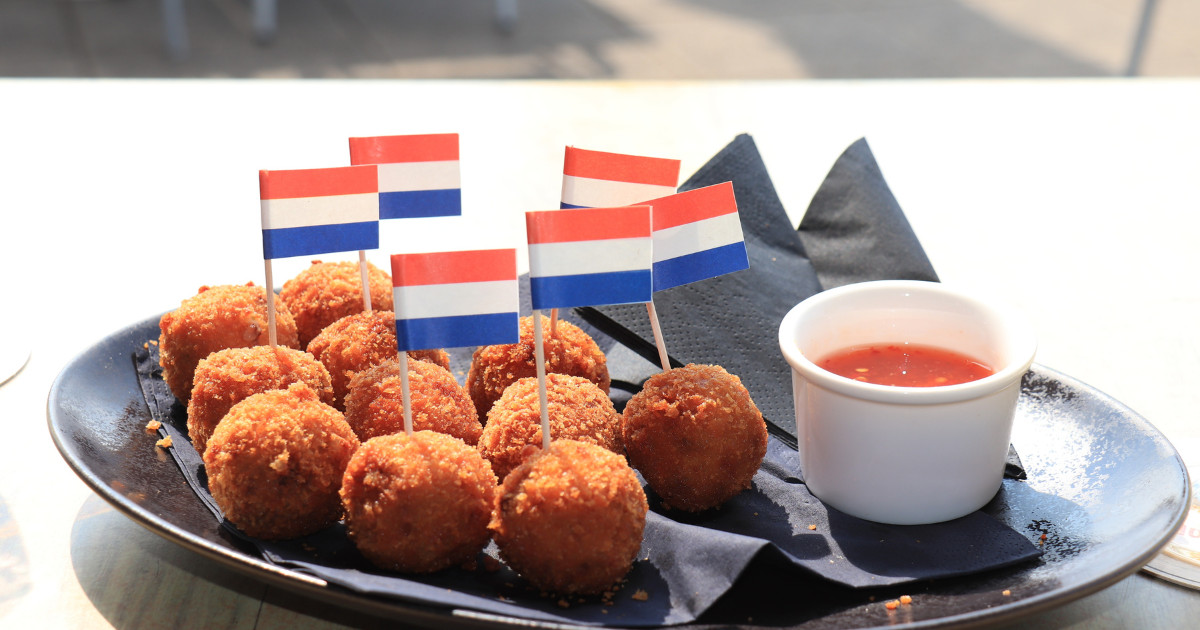
Mainstays of the Dutch Diet
Being a cold country, the Netherlands grew a lot of root vegetables, leading to the creation of hearty dishes that have become local mainstays. These aren’t Michelin star creations, but they are comfort foods that tell a story of the land and the people.
Eetcafe Etiquette
When it comes to dining out in the Netherlands, the eetcafe is king. A cross between a cozy pub and a simple restaurant, eetcafes serve up traditional Dutch fare in a relaxed setting. Patrons often share tables, and it’s not uncommon for strangers to strike up a conversation, making it an excellent way to experience Dutch culture.
Stamppot – The Comfort King
Stamppot, a hearty meal of mashed potatoes and vegetables, has its roots in the traditional Dutch diet. Variations of stamppot can include sauerkraut (zuurkoolstamppot), endive (hutspot or andijviestamppot), or even carrots and onions (wortelstamppot).
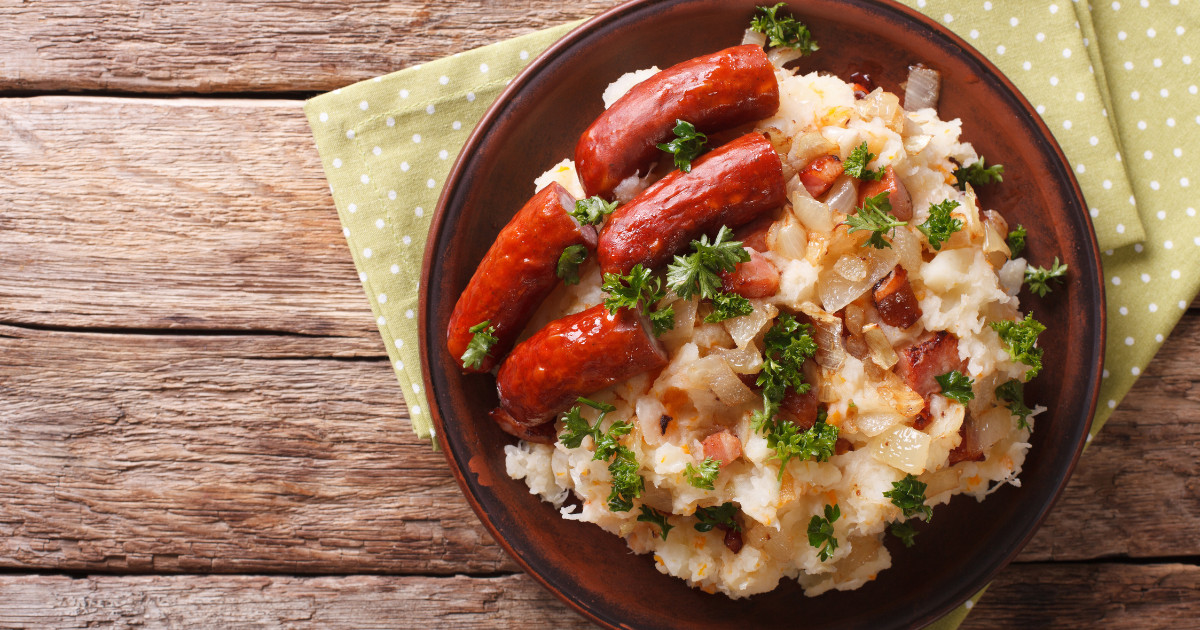
Sweets and Treats
Dutch cuisine isn’t all about savory though, as anyone who has had a stroopwafel will attest. The Netherlands has a sweet tooth to rival any nation, and there are plenty of delights to indulge in.
Poffertjes – Miniature Pancake Marvels
Poffertjes are small, fluffy pancakes served with a dusting of powdered sugar — perfect for an afternoon pick-me-up or as a dessert. They’re similar to American pancakes but with a lighter, spongier texture, and you’ll find them at markets and festivals across the country.
Stroopwafels – A Sticky Sensation
Sure, they’re often sold at airports and train stations, but a fresh stroopwafel, hot off the griddle and filled with warm caramel, is a thing of beauty. In Gouda, you can visit the original bakery, and in Amsterdam, a whole chain store is dedicated to this sweet treat.
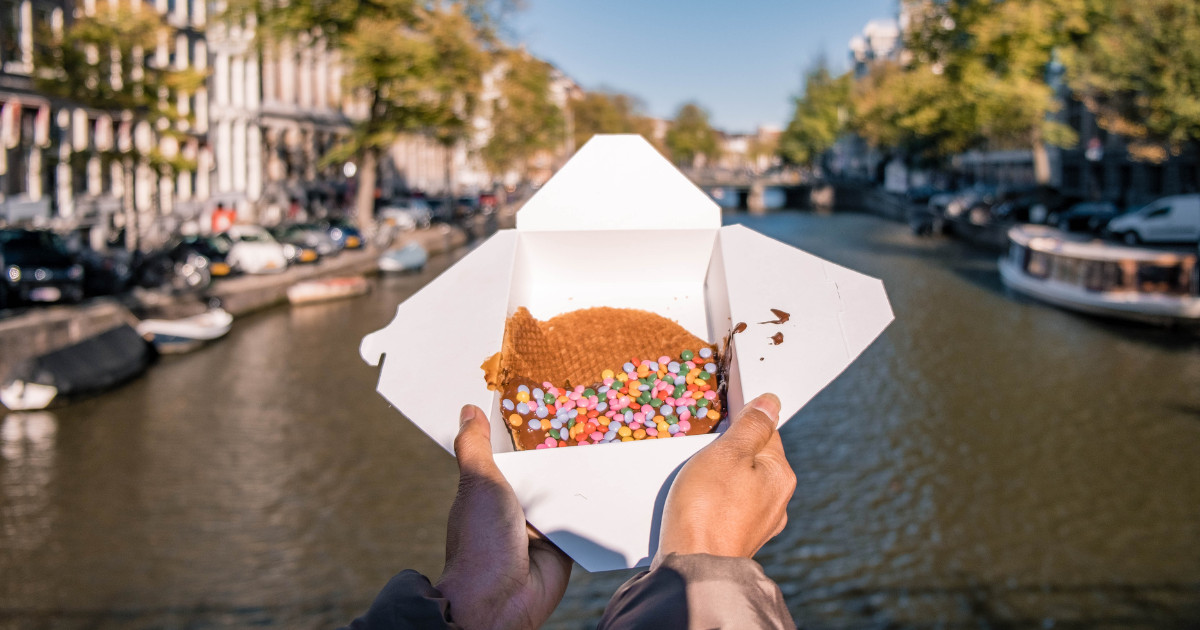
Local Delicacies Worth Seeking Out
While you can find some of the most famous Dutch dishes easily, there are a few local specialties that are worth a bit more effort to track down.
Bitterballen – The Dutch Croquette
Bitterballen are a bar snack staple, made from a roux thickened with broth and filled with a meaty mixture, usually beef. They’re then breaded and deep-fried to golden perfection, and they are addictively delicious. Don’t miss trying these with an ice-cold beer.
Haring – The Dutch Herring
Haring, or raw herring, is an icon of Dutch cuisine. Served with onions, it’s a popular street food and a rite of passage for any culinary traveler. The best way to eat it is the traditional way – hold it by the tail, tilt your head back, and bite off a chunk.

Where to Find the Best of Dutch Cuisine
Now that we’ve whet your appetite for Dutch delights, here are some places to indulge in the finest that the Netherlands has to offer.
The Pantry, Amsterdam
If you’re looking for a traditional Dutch dining experience in the heart of Amsterdam, The Pantry is a great choice. Their all-inclusive Dutch dining experience covers everything from the food to the atmosphere.
Proeflokaal A. van Wees, Amsterdam
Visiting Proeflokaal A. van Wees is like stepping back in time. This distillery and tasting room serves jenevers (Dutch gin) and liqueurs alongside traditional Dutch snacks, making it a must-visit for those looking for an authentic Dutch drinking and dining experience.
De Kas, Amsterdam
De Kas is a world-renowned restaurant housed in a former greenhouse. The menu here is “pure and surprising” — taking the best of what is fresh and in season and serving it up farm-to-table style.
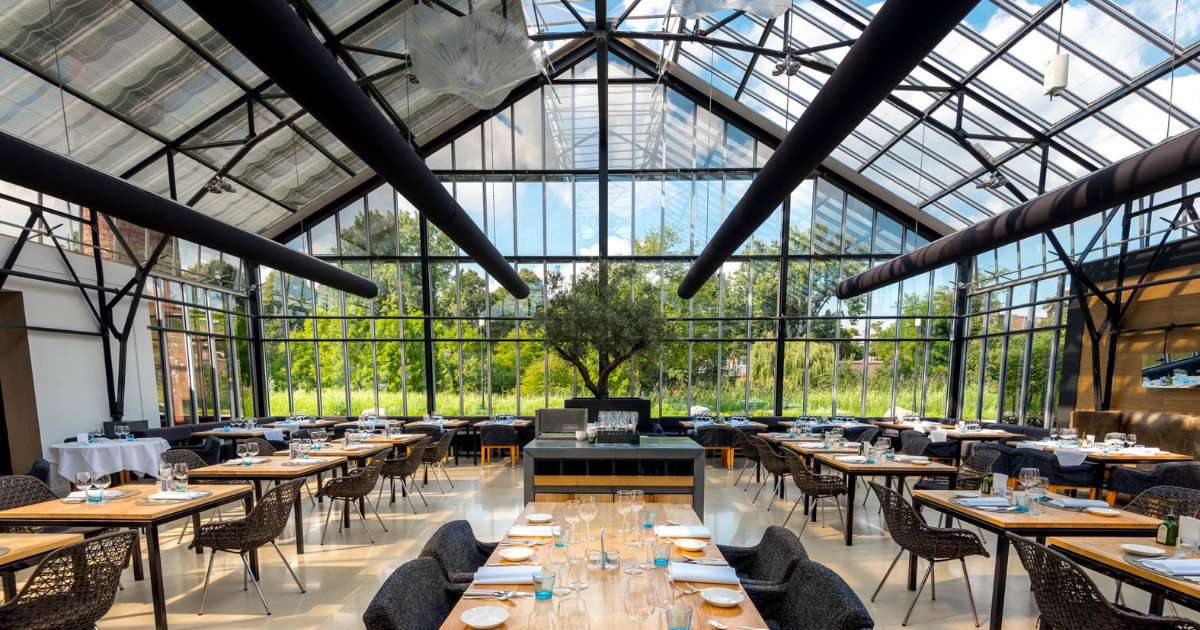
The cuisine of the Netherlands is a reflection of its history, geography, and the spirit of its people. By trying these dishes and exploring eateries across the Dutch countryside and canals, you are not only experiencing the flavours but also taking a bite out of the culture and history of a nation.
So, beyond the cheese and stroopwafels, Dutch cuisine has a story to tell and a taste to savor. It’s a cuisine of variety that’s both comforting and adventurous, offering something for every palate. Whether it’s a humble stamppot or a sophisticated meal in a Michelin-starred restaurant, each bite in the Netherlands is a window into a culinary world like no other. Bon appétit, or as they say in Dutch, Eet smakelijk!



